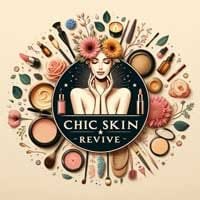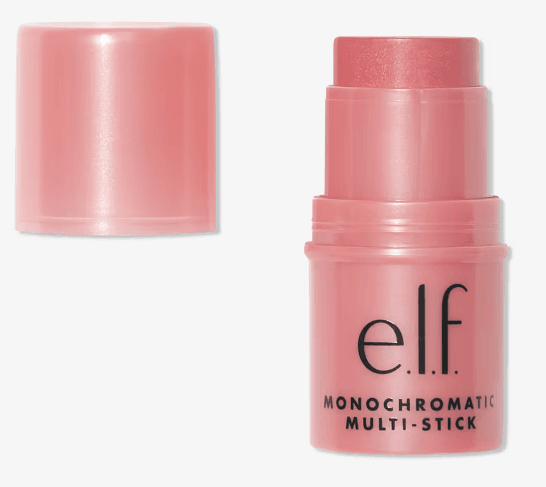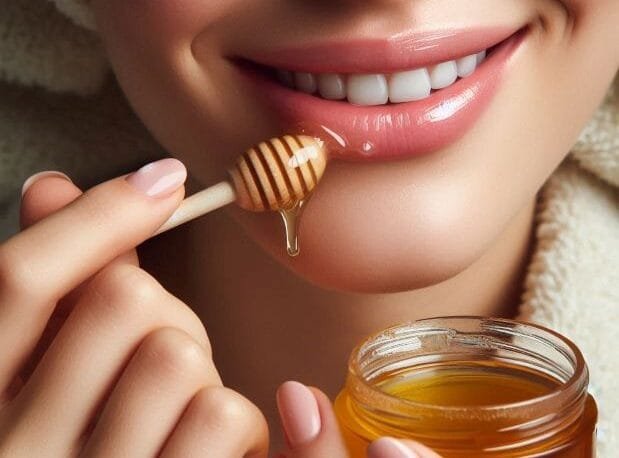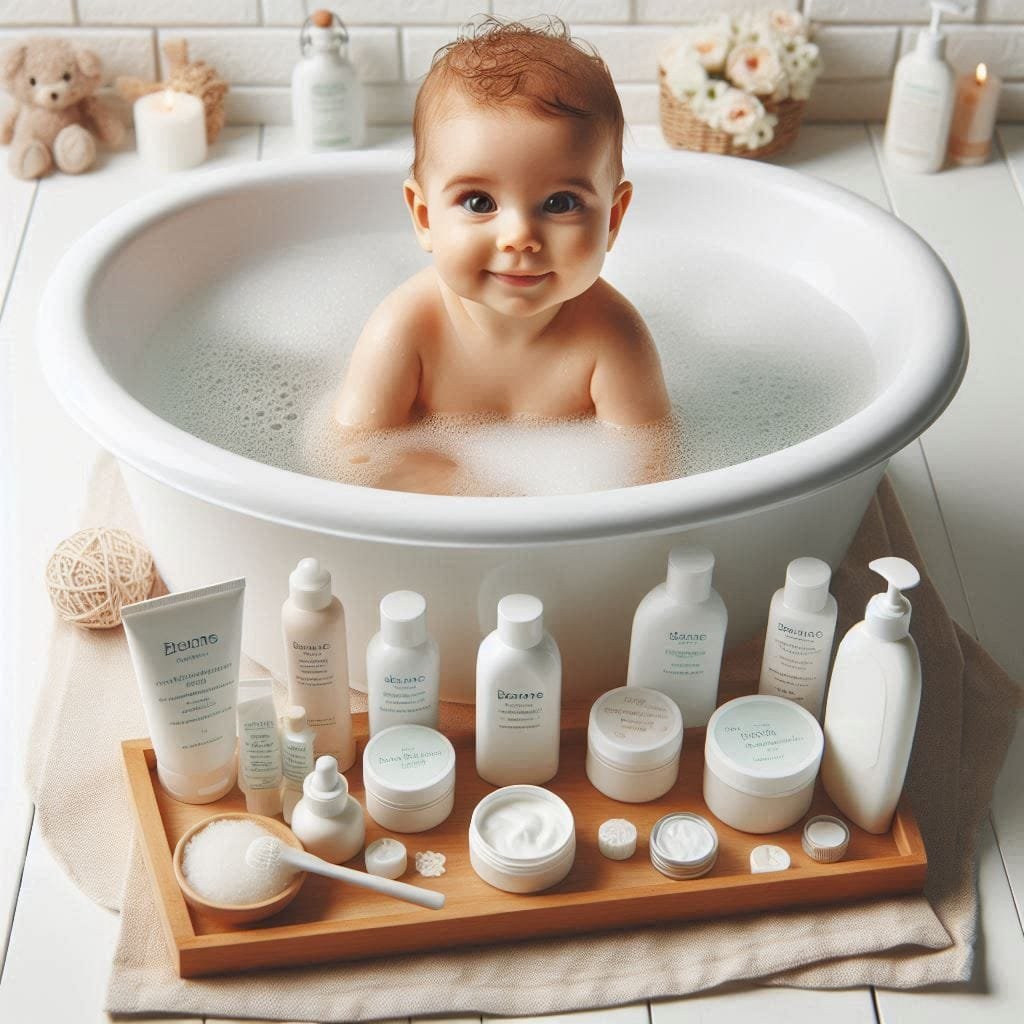E.l.f. Monochromatic Multi Stick Is A Must-Have In Your Bag
Regarding must-have makeup bag essentials, the E.L.F. Monochromatic Multi Stick is the most important. Whether you’re a makeup enthusiast or prefer a minimalist routine, this versatile product delivers stunning results. If you’ve been looking for a multi-stick makeup solution that’s compact, easy to use, and budget-friendly, keep reading to discover why this monochromatic multi-stick makeup by E.L.F. essentially deserves a prime spot in your beauty collection. Why is it a must-have in your bag? AMAZON OR E.L.F. COSMETICS The E.L.F. Monochromatic Multi Stick has quickly become one of the most popular E.L.F. Beauty products, thanks to their convenience and effectiveness. This all-in-one beauty tool can be applied to your eyes, lips, and cheeks. With glowing reviews on Amazon, Ulta, and other beauty platforms, it’s no surprise that beauty lovers everywhere are raving about its benefits. But what exactly makes the E.L.F. Monochromatic Multi Stick a staple for every makeup bag? What makes it a staple for every makeup bag Is its sheer versatility and the ability to achieve a beautiful, monochromatic look using just one stick. Plus, it’s lightweight, easy to blend, and perfect for touch-ups on the go. Top Features of the E.L.F. Monochromatic Multi Stick 1. Multi-Use Versatility The E.L.F. Monochromatic Multi Stick is the definition of a versatile makeup stick. By using this product on your lips, cheeks, and eyes, you can achieve a unified appearance whether you’re pressed for time or just want a simplified regimen. A quick swipe here and there gives you a naturally radiant look with minimal effort. You don’t need multiple products cluttering your makeup bag—just this E.L.F. makeup essential. 2. Lightweight and Blendable Its monochromatic makeup formula is designed to be incredibly lightweight and blendable. Whether you want a subtle wash of color or prefer to layer for a more intense look, the E.L.F. Monochromatic Multi Stick offers buildable coverage that feels comfortable all day long. There are no heavy or cakey finishes here—just natural, glowing skin. 3. Non-Comedogenic Formula For people with sensitive or acne-prone skin, non-comedogenic products are essential. According to expert dermatologists from the American Academy of Dermatology, using makeup that doesn’t clog pores is key to maintaining clear, healthy skin. Considering this, the Monochromatic Multi Stick is an excellent choice for those concerned about breakouts. 4. Long-lasting Wear No one wants to deal with makeup that fades by midday. Luckily, the E.L.F. Monochromatic Multi Stick is formulated for long-lasting wear. Therefore, you can go about your day without the need for constant touch-ups. Whether you’re at work, out with friends, or traveling, this must-have makeup bag item ensures that your look stays fresh and vibrant. 5. Compact and Travel-Friendly Bulky makeup bags are a hassle. The compact design of the E.L.F. Monochromatic Multi Stick makes it a perfect fit for any bag, big or small. It’s one of those makeup bag essentials you can rely on for quick touch-ups, especially when you’re on the go. No more packing multiple products—this versatile makeup stick does it all. Why E.L.F. Monochromatic Multi Stick Is An Affordable Makeup Option AMAZON OR E.L.F. COSMETICS High-quality makeup doesn’t always have to come with a high price tag. One of the most appealing aspects of the E.L.F. Monochromatic Multi Stick is its affordability. In the world of affordable makeup options, the E.L.F. Monochromatic Multi Stick has consistently delivered budget-friendly products without compromising on performance or quality. With the E.L.F. Monochromatic Multi Stick, you’re getting top-tier results at a price that won’t cause you to want to break the bank. Ethical Beauty and Sustainability with E.L.F. Cosmetics Beyond its impressive functionality, the E.L.F. Monochromatic Multi Stick is also part of a brand that values ethical beauty. E.L.F. This product, part of a brand that values ethical beauty, is 100% cruelty-free and vegan, meaning that no animals were harmed in its creation. For beauty lovers who prioritize ethical consumption, this is a win-win. Additionally, the E.L.F. Project Unicorn initiative, focused on reducing packaging waste, aligns with the growing demand for sustainable beauty practices. Choosing E.L.F. Beauty products such as the Monochromatic Multi Stick means you’re supporting a company that’s committed to maximizing its environmental impact. Expert and User Reviews: Why You Need This Multi Stick Makeup Don’t just take my word for it—experts and users alike rave about the E.L.F. Monochromatic Multi Stick. On platforms like SheKnows, beauty editors have highlighted its non-comedogenic properties and ease of use, making it ideal for a range of skin types, from dry to oily. Dermatologists also recommend patch-testing before trying new products, especially if you have sensitive skin, which is why expert advice is invaluable when choosing the right makeup. Meanwhile, users are constantly leaving glowing reviews, noting how this product is perfect for quick, natural looks. One user on Ulta raved, “So easy to use & keep in your bag/car/desk-soft, beautiful sheer colors & you cannot beat the price. Stays put all day (if you use elf primer!!)” How to Apply the E.L.F. Monochromatic Multi Stick for Best Results AMAZON OR E.L.F. COSMETICS To get the most out of your E.L.F. Monochromatic Multi Stick, follow these simple steps for application: The versatility of this stick means that you can adjust the application to suit your makeup preferences, whether you want a bold statement or a natural glow. Pros Cons Why E.L.F. Monochromatic Multi Stick Is a Must-Have In Your Makeup Bag If you’re still on the fence, here’s why E.L.F. Monochromatic Multi Stick is a must-have in your makeup bag. It’s versatile, affordable, and ethically produced, making it a go-to product for anyone looking to simplify their routine without sacrificing quality. Its lightweight and blendable formula, combined with its long-lasting wear, ensures you look flawless no matter the occasion. Plus, with its travel-friendly size, you can easily touch up your makeup on the go. Ready to add this must-have makeup bag essential to your collection? The E.l.f. Monochromatic Multi Stick is available online and in stores at Amazon, Ulta, and on the official E.LF. Cosmetics website.










